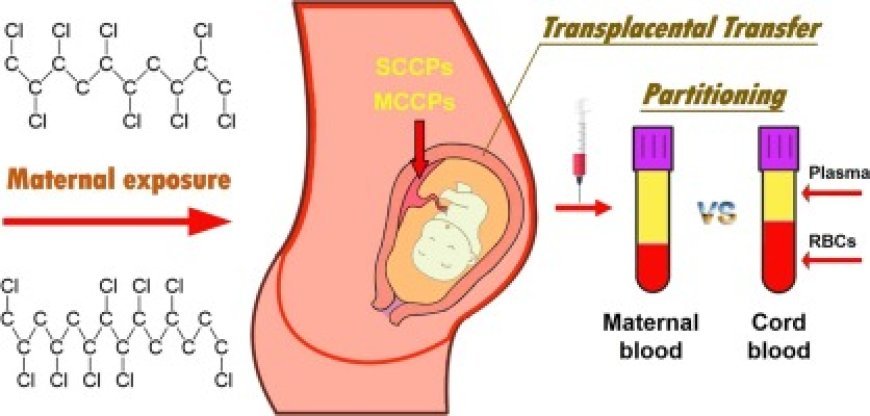The Effect of Blood Glucose Umbilical Cord Blood Fibrinogen
The Effect of Maternal Blood Glucose on Umbilical Cord Blood Fibrinogen in Women With Gestational Diabetes
The Effect of Maternal Blood Glucose on Umbilical Cord Blood Fibrinogen in Women With Gestational Diabetes
Gestational diabetes mellitus (GDM) is a condition characterized by glucose intolerance that is first identified during pregnancy. It poses significant risks to both the mother and the fetus, leading to complications such as macrosomia, preterm birth, and an increased likelihood of developing type 2 diabetes later in life. One area of interest in understanding the impact of GDM is the effect of maternal blood glucose levels on the fibrinogen concentration in umbilical cord blood.
Understanding Fibrinogen
Fibrinogen is a glycoprotein produced by the liver that plays a crucial role in the coagulation process. Elevated fibrinogen levels are associated with an increased risk of thrombosis and cardiovascular diseases. During pregnancy, fibrinogen levels naturally rise as part of the body’s preparation for childbirth. However, in the context of GDM, abnormal fibrinogen levels in the umbilical cord blood may indicate altered hemostatic balance and potential risks for both the mother and the newborn.
Maternal Blood Glucose and Fibrinogen Levels
Research indicates that high maternal blood glucose levels can influence the fibrinogen concentration in umbilical cord blood. The hyperglycemic environment created by GDM affects various physiological processes, including the coagulation pathway. Here’s how maternal blood glucose can impact umbilical cord blood fibrinogen levels:
-
Inflammatory Response: Elevated maternal blood glucose can induce an inflammatory response, leading to increased production of inflammatory cytokines. These cytokines can stimulate fibrinogen synthesis, resulting in higher levels in the umbilical cord blood.
-
Oxidative Stress: GDM is associated with increased oxidative stress, which can damage endothelial cells and promote coagulation. This stress can enhance fibrinogen production as a protective mechanism against vascular damage.
-
Placental Function: The placenta plays a critical role in nutrient and waste exchange between the mother and fetus. Hyperglycemia can affect placental function, leading to alterations in the transfer of nutrients and proteins, including fibrinogen, to the fetus.
-
Fetal Response: The fetus responds to the maternal hyperglycemic environment by producing more insulin, which can influence the fetal liver’s production of fibrinogen. This response may result in elevated fibrinogen levels in the umbilical cord blood.
Implications for Newborns
High fibrinogen levels in umbilical cord blood can have several implications for newborns:
- Thrombotic Risk: Elevated fibrinogen levels increase the risk of thrombosis in newborns, which can lead to serious complications such as stroke or deep vein thrombosis.
- Inflammation: High fibrinogen levels are indicative of an inflammatory state, which may affect the newborn’s overall health and increase susceptibility to infections and other inflammatory conditions.
- Long-Term Health: Abnormal fibrinogen levels at birth may have long-term health implications, including an increased risk of cardiovascular diseases later in life.
Managing GDM to Protect Fetal Health
Effective management of gestational diabetes is crucial to minimize its impact on both maternal and fetal health. Strategies include:
- Blood Glucose Monitoring: Regular monitoring of blood glucose levels helps in maintaining them within the target range.
- Diet and Exercise: A healthy diet and regular physical activity can help manage blood glucose levels.
- Medications: In some cases, insulin or other medications may be necessary to control blood glucose levels.
- Regular Prenatal Care: Frequent prenatal visits allow healthcare providers to monitor the health of both the mother and the fetus and make necessary adjustments to the treatment plan.
Conclusion
Maternal blood glucose levels in women with gestational diabetes have a significant effect on umbilical cord blood fibrinogen levels. Elevated fibrinogen levels pose potential risks to the newborn, including increased thrombotic risk and inflammation. Effective management of GDM through blood glucose control, healthy lifestyle choices, and regular prenatal care is essential to minimize these risks and ensure the health and well-being of both the mother and the baby. As research continues, a deeper understanding of the mechanisms involved and the development of targeted interventions will further enhance the outcomes for pregnancies affected by GDM.
What's Your Reaction?








